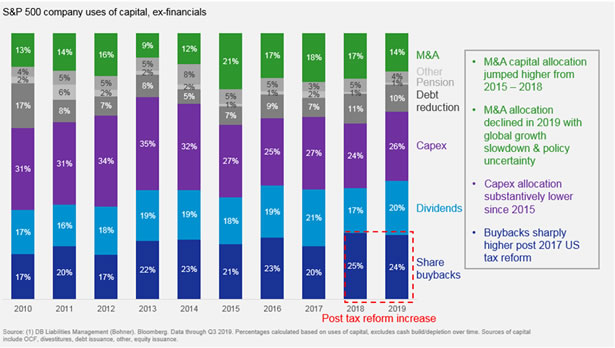
Founder’s Edition by Joseph Neu
The drive to access and leverage data from credit card and other transactions is transforming merchant services.
Merchant services are fast becoming a key value driver for transaction banks, fintechs and other financial services institutions. The key reason is the importance of capturing data at the point of sale, along with facilitating frictionless transactions. What takes place under the heading of merchant services is worth your attention because:
- It’s the beginning of the data-rich order-to-cash cycle for most companies, which is vital to understanding their cash flow models, their businesses, and their credit risks.
- It’s a vital source of data to understand what consumers buy, how much they spend, how they pay, and where and when they pay—which, in turn, can be used to verify identity and mitigate fraud.
- It offers a critical opportunity to influence—by using what is learned from the data—how customers pay, which enables effective loyalty programs and promotional incentives and, potentially, the reduction of merchant transaction fees (see below).
Founder’s Edition by Joseph Neu
The drive to access and leverage data from credit card and other transactions is transforming merchant services.
Merchant services are fast becoming a key value driver for transaction banks, fintechs and other financial services institutions. The key reason is the importance of capturing data at the point of sale, along with facilitating frictionless transactions. What takes place under the heading of merchant services is worth your attention because:
- It’s the beginning of the data-rich order-to-cash cycle for most companies, which is vital to understanding their cash flow models, their businesses, and their credit risks.
- It’s a vital source of data to understand what consumers buy, how much they spend, how they pay, and where and when they pay—which, in turn, can be used to verify identity and mitigate fraud.
- It offers a critical opportunity to influence—by using what is learned from the data—how customers pay, which enables effective loyalty programs and promotional incentives and, potentially, the reduction of merchant transaction fees (see below).
The value of data is why e-commerce giants like Alibaba in China have moved quickly to dominate in a wide variety of merchant services, including digital payments. It may have started with helping customers pay with less friction, but now the data is more important.
- China + data. The experience in China, where Alibaba’s Alipay and Tencent’s WeChat Pay have totally disrupted banks on consumer payments and other merchant services, is one reason transaction banks outside China are trying hard to disrupt merchant services themselves. But like the e-commerce giants, they’re also eying the value of data.
A major problem with merchant services has been its fragmentation—too many players serving different segments of the market; there was also a general lack of integration end-to-end. This creates inefficiencies and higher fees, but it also means that a lot of data gets lost.
- Creating end-to-end platforms. Hence, the desire for players in merchant services to create end-to-end platforms, either through acquisition rollups or greenfield investment.
Banks, particularly those with a strong retail presence already, are looking at creating end-to-end global payment and merchant services platforms as potential cores to their broader transaction services businesses. “Payments are now nonlinear,” said one banker who heads global merchant services sales for such a bank, “so you need to own the payment system end to end. You also want to be able to serve all clients from smallest to largest, across segments.”
In theory, this push toward single platforms also will help merchants and consumers get something in return for the data they end up sharing at the point of sale.
- Consumers, for example, could be offered more choices for rewards depending on the form of payment—e.g., use this card and you will get a $50 credit on your next purchase at that store, bypassing the typical 1%, 2% or 3% cash back.
- Merchants, meanwhile, may be able to drive more sales with loyalty programs and targeted incentives, but also tap into a broader pool of data to manage inventory and product selection. This will also allow them to share more of the value in interchange fees and lower them via the data capture (e.g., so-called level 3 data such as invoice and order numbers).
Watch this space!




















